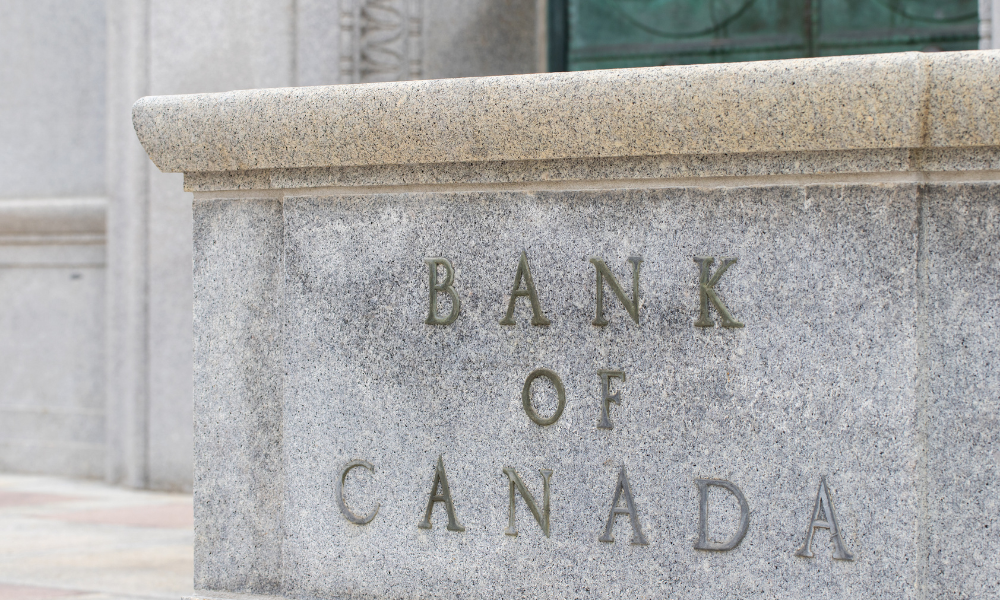Plenty are hoping for a September rate cut, but that's far from a done deal

The Bank of Canada held interest rates steady in its July decision, keeping rates unchanged yet again as it weighs up the impact of the US trade war on inflation and the national economy. But while some are continuing to pencil in a September cut, Royal Bank of Canada (RBC) suggested yesterday that central bank watchers shouldn't assume a reduction is on the way soon.
Claire Fan, an RBC economist, said the Canadian economy still faces an uncertain future in the face of US presidnt Donald Trump's aggressive trade policies, with a "hazy" outlook leaving plenty up in the air.
The looming August 1 deadline for Canada to strike a trade deal, Fan said, "could result in escalated tariffs beyond today's targeted but relatively limited levels.
"A significantly more negative outlook, one that resembles spring, remains a downside risk," she added. "While the BoC projects inflation will rise in that kind of a scenario as tariff impacts outweigh economic weakness, further rate cuts would be appropriate if it became clear that the economy was sliding into recession."
But if that more extreme eventuality doesn't play out, RBC "[expects] the BoC will maintain current rates going forward," Fan said.
Both RBC and the central bank expect Canada’s economy to register soft but positive GDP growth through the second half of 2025, while inflation is forecast to remain near the 2% target.
RBC noted that the BoC’s current tariff scenario—now added as a third modelling approach in the July Monetary Policy Report—most closely tracks its own base case. In that scenario, average US tariffs stay fixed at around 13%, while Canadian exporters continue to benefit from protections under the USMCA/CUSMA trade agreement, limiting direct exposure to duties.
Consumer costs and fiscal supports under scrutiny
RBC also highlighted a key common assumption: that 75% of cost increases from tariffs will be passed on to Canadian consumers over six quarters. However, RBC’s own models expect a more immediate impact, estimating that half of those costs will be transferred within one to two quarters.
On fiscal support, RBC said the BoC’s analysis accounts only for already announced federal and provincial measures. In contrast, RBC’s outlook allows for the possibility of additional government spending in 2026, which could offer modest upside to growth projections.
What are your thoughts on these projections? Share your insights in the comments below.



